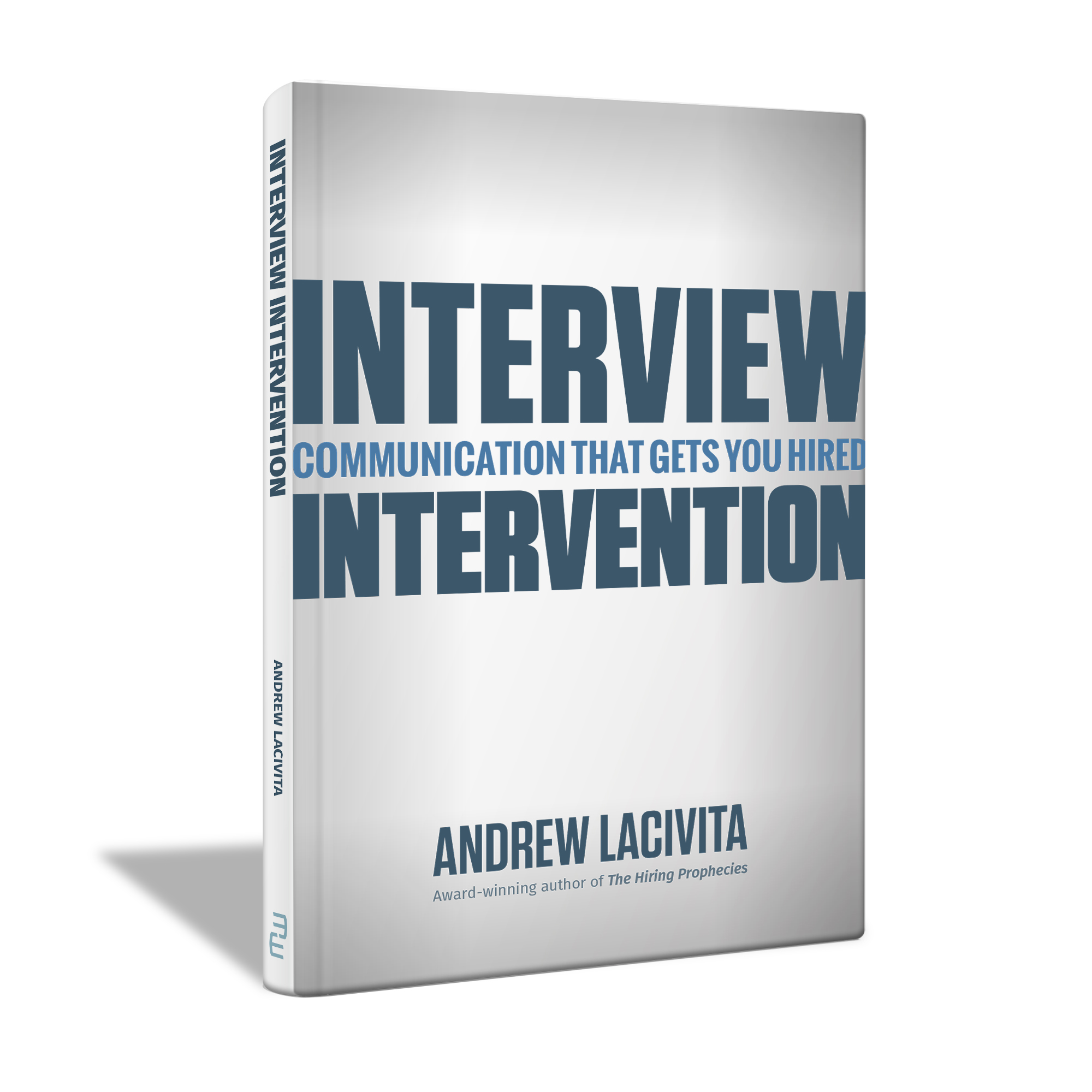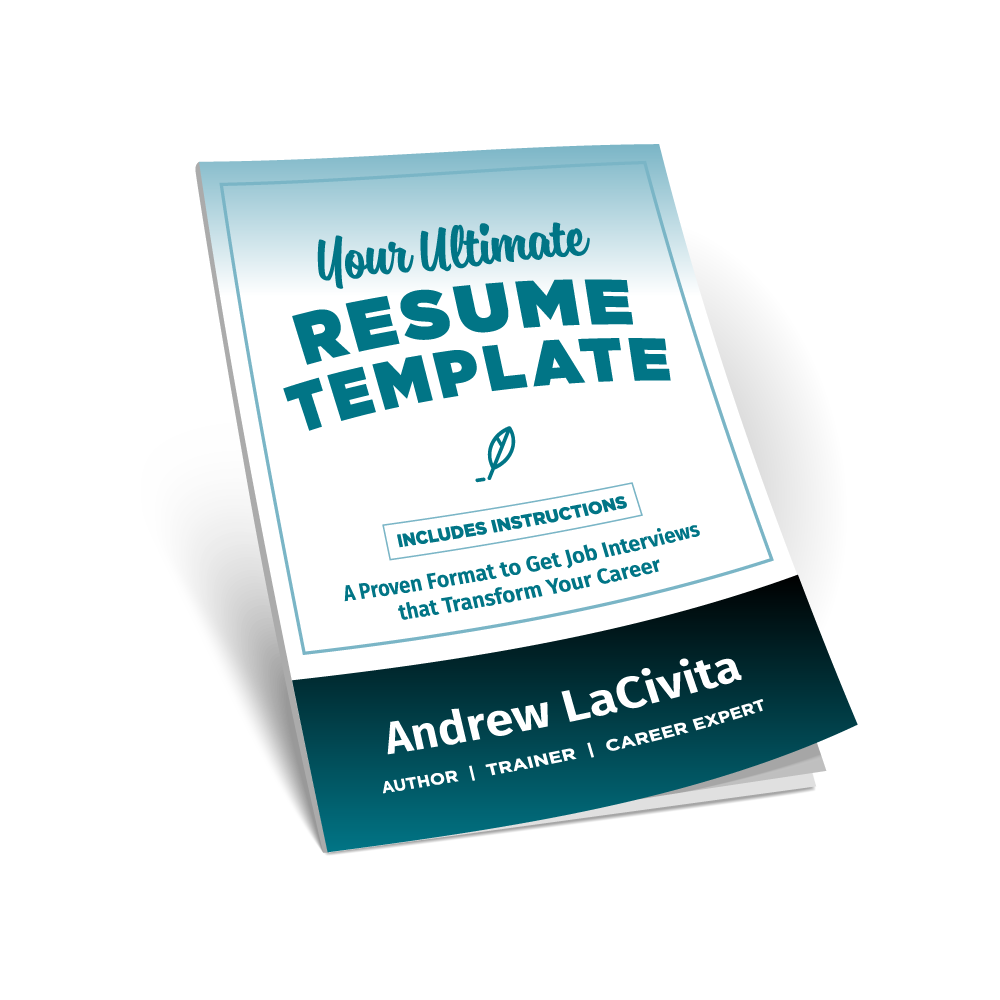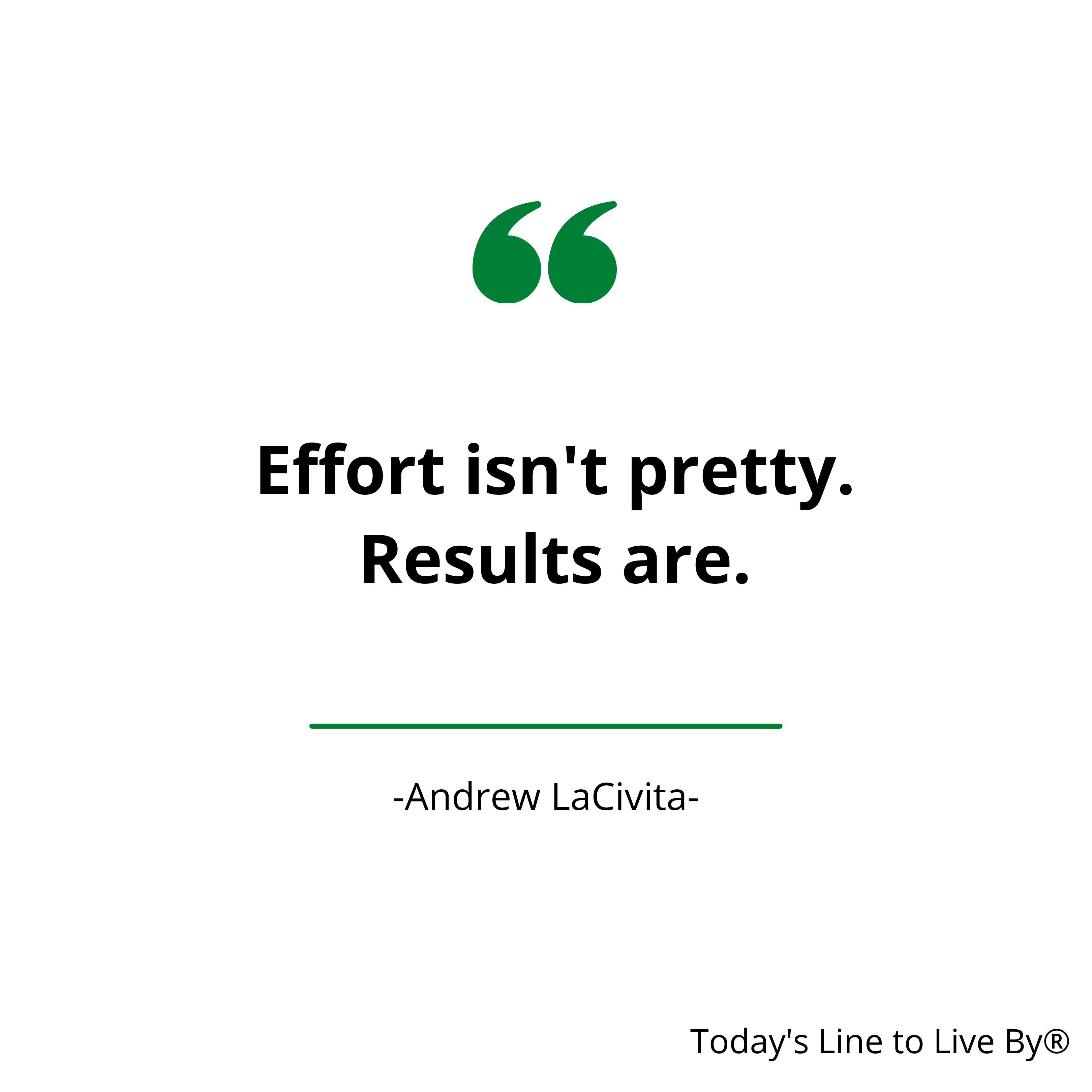In March 2014, milewalk distributed the results from our annual employment survey. One statistic we capture annually is the percentage of individuals who are open to changing jobs (80.0% this year—although this has been consistent for a number of consecutive years). The more alarming rate for employers is the percentage of employees who actually investigated other employment in the past year—a whopping 52.0%. Obviously, not all of those that interview with other companies are offered or accept the positions, but the fact remains that if you have a company with 100 people, an estimated 52 of them interviewed elsewhere last year!
Companies best positioned to take advantage of the current employment climate use recruiting techniques that not only effectively screen out the poor applicants, but also attract the best. (See the article Optimize Your Hiring Practices to Predict Success and audio/webinar The Hiring Prophecies: Psychology Behind Recruiting Successful Employees for more insight.) Are you one of those companies? The majority is not.
While each company’s recruiting process has its own personality, all successful ones have a few common characteristics. They:
- Find the best resources through a variety of sources.
- Hire as quickly as is required to secure the best candidates while their interest remains high.
- Sell continuously throughout the process.
- Eliminate unqualified candidates as quickly as possible—fail fast!
- Maintain a level of checks and balances that insulate themselves from subjective analysis across interviewers and candidates.
- Portray their company as welcoming and prepared.
- Leave a positive impression on every candidate.
While there is no single formula to guarantee success, answering a few key questions—before recruiting for any position—will start you on the right path.
Who exactly do we seek? Requirements clarity across recruiters and interviewers is critical. This expedites the process and eliminates much unnecessary interaction with candidates you ultimately will not hire.
How will we evaluate the candidates? Documented, well-defined, and specific criteria are best. In its absence, communicate detailed criteria to recruiters and interviewers so all evaluate against the same benchmarks.
Do we keep the candidates engaged? A process designed to screen and sell will improve your ability to “pull in” the candidates.
Do we eliminate unqualified candidates quickly? Design the interviews so you evaluate the non-discretionary criteria upfront (fail fast if you’re going to fail!).
Do we finish well? There are two key points. First, extending an offer is one of the most important interactions in the process. It should be well prepared and carefully considered. If you extend an offer, you want the candidate to accept it. Second, when passing on a candidate, the company should clearly communicate its rationale. (See Do Candidates Reject You? The Lost Art of Extending a Job Offer and The 5 Best Questions to Answer Before You Start Recruiting Employees for more insight.)
While each company’s recruiting process should be tailored to its particular culture, industry, and position, many companies will benefit from focusing on the following across-the-board techniques to improve their ability to hire the best candidates and reduce time spent with unqualified ones. These techniques are intended to be used in conjunction with effective sourcing and interviewing tactics.
You’ll miss a lot of field goals if the goalpost is moving.
Clarify Requirements. You’ll eliminate significant work if you understand exactly whom you seek. Before beginning any search, create a detailed summary of your needs including non-discretionary and discretionary skills, character attributes, required experience, and keys to hire. Building and maintaining a Career Development Model that outlines proficiency criteria for each level within the organization will not only help with hiring, but also serve as a communication tool to employees.
In recruiting, there is no substitute for understanding a candidate’s needs and motivations. There is no faster way to determine whether a candidate will be a good fit for the organization.
Ready the Hiring Process. While it may seem obvious, many companies fall short in gathering and distributing key candidate information. Critical items such as the candidate’s motivational factors, susceptibility to change, historical reasons for job transition, compensation history, and hot buttons are omitted from the resume. Capturing this information upfront and briefing the interviewers will improve their ability to evaluate and sell the candidates.
Preparation can make you sound smart, even when you’re not…
Prepare the Interviewers. It’s shocking how many interviewers are reviewing the candidate’s resume for the first time during the interview. Each interviewer should take the appropriate time to prepare. The length of time and energy may vary from position to position, but this certainly involves more than a simple resume review. Spend a few minutes with your internal or external recruiter discussing the candidate. Plan the areas to probe and sell. At the end of the interview, document the key points to aid subsequent interviewers.
Engaging the candidate shows her you view this process as a two-way street, a partnership. It says, “This is how it is to work with us.”
Engage the Candidate. You want to keep the candidate interested at all times. The easiest way to do this is through timely and responsive communication. After each interview, get back to the candidate (or third-party recruiter) within 24-48 hours. Provide detailed feedback, insight, and discuss next steps to show courtesy and interest on your part. Studies confirm most candidates feel companies do this poorly. This is one of the best opportunities to set your organization apart.
You may be the best company, but if you don’t sell yourself and your organization throughout the entire hiring process, you’ll lose candidates to lesser companies that do.
Sell the Company. The days when an employee was honored to have any job are over (at least for the time being). The statistics prove it, salaries are rising, and companies are extending more counter offers than in recent years. You need to sell if you want to hire the best. This trend will continue for the foreseeable future.
There are several techniques you can use. Some are overt, while others are subtle. Some are verbal and others are action-based. Use them all. Here are a few:
Advertise. Publicize the unique attributes of your company. In the Internet age with scads of information at our fingertips, the candidate will likely educate herself. Even so, it’s worth pointing her to places where your company has been recognized for special achievement. This is especially important for a privately held organization. It’s also a great touch if the interviewer proactively offers what attracted him to the company or why he has stayed so long. This is a golden opportunity to show your enthusiasm and excitement.
Show Interest. A prepared interviewer shows the candidate the company is interested in her. Accentuate this by leaving ample time during the interview to allow the candidate to ask questions. And, get back to the candidate within 48 hours. This demonstrates interest and courtesy on your part and will leave the candidate with a great impression irrespective of whether you hire her.
Always Close. Throughout the entire process, ask questions that extract how the candidate feels about the organization. Find out what is required for the candidate to accept an offer. This exposes the candidate’s evaluation criteria—something to know well before you decide to extend an offer.
You will fail sometimes. In those instances, fail as fast as you can and move on to something more worthwhile.
Fail Fast. Most companies spend far too much time with unqualified candidates, even though many ultimately reach the correct decision not to hire them. A good recruiting engine eliminates the unqualified early. The single most effective way to do this lies in the structure of the first interviews. These interviews should be designed to extract the candidate’s qualifications (non-discretionary) relative to the position or cultural fit within the company. This requires pointed questions that elicit information you want rather than information the candidate wants to share. The “Tell me about yourself?” question may have its place, but usually leads to the candidate controlling a significant portion of the interview. Most open-ended questions are less effective early and should be reserved until later in the process.
Prepare to succeed. If you’ve done everything well thus far, you will have the necessary information to prepare an offer the candidate will accept.
Prepare to Extend the Offer. Irrespective of who presents the offer (HR, Hiring Official, etc.), this individual should understand the candidate’s entire value package (see The Top 12 Happiness Factors for Employees). The value package includes the candidate’s criteria in evaluating the opportunity (culture, role, professional development, flexibility, etc.). Once understood, the hiring official can frame the offer discussion to first address how the company satisfies the criteria and subsequently explain the compensation structure. This allows the hiring official to connect emotionally with the candidate (see Hire the Candidate below) before discussing the monetary components. It also establishes how much “value” the offer truly has.
Of equal importance, the hiring official should anticipate any candidate objections and prepare—in advance—key rebuttals. This is an excellent exercise to perform with the HR group.
Due to the gravity of this choice, you may need to address emotions in addition to logical thinking. Make sure to cover these factors that often seem to accompany a decision of this magnitude.
Hire the Candidate. As mentioned in the Prepare to Extend the Offer step, make sure to script the format of the offer discussion to first address how the company satisfies the candidate’s value package criteria. In addition, the hiring official can discuss other key areas that will draw the candidate emotionally closer:
- Why the candidate was chosen (we feel a connection with you).
- There was competition for the position (they will feel like they won something).
- What the future looks like (they will have something to look forward to).
- The company’s recognition that this is a big decision and you want them to take the appropriate time to consider.
After you’ve extended the offer, it’s effective to suggest a follow up lunch or phone call midway through the candidate’s “thinking time.” This shows consideration and presents an opportunity for you to gauge the candidate’s interest level and concerns.
Granted, your organization may be stronger in some areas than others. Either way, focusing on improving these techniques will help you better secure the best talent and quickly eliminate the unqualified ones. You will be much happier with the results and improve the candidate’s experience as well.









Leave A Comment